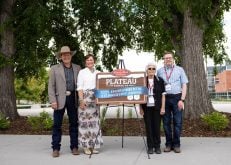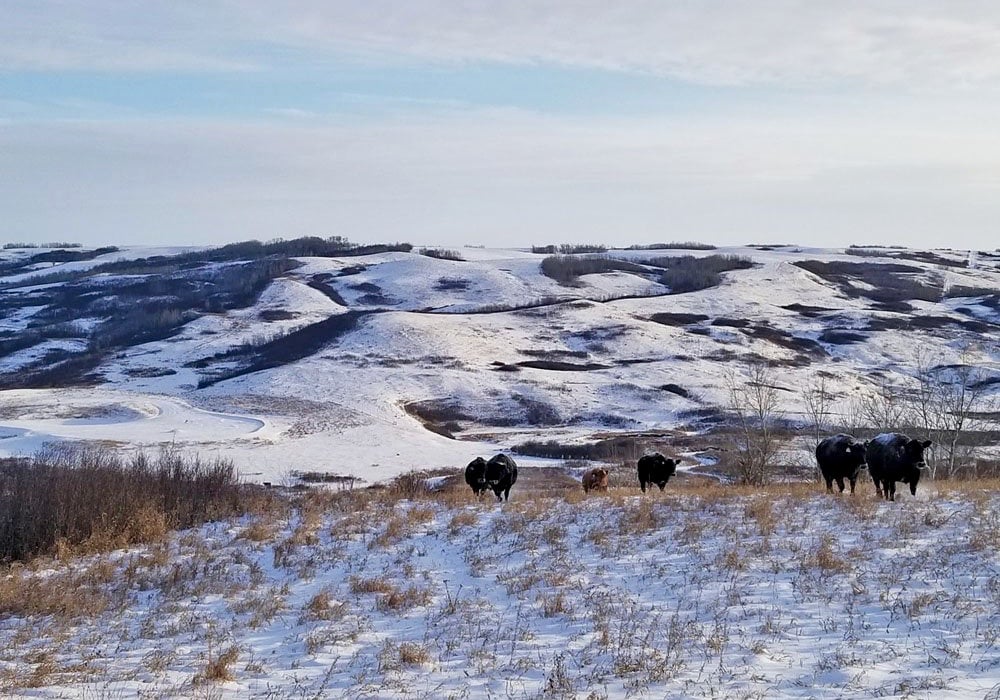Highly productive pastures are the biggest key to high profitability of most beef, and other grazing ruminant operations. The Alberta Tame Pasture Scorecard is a quick and easy way of doing a pasture assessment.
“Determining if pastures are functioning at the desired potential can be determined quite easily,” said Grant Lastiwka, a provincial forage and livestock business specialist. “Pasture assessments will help producers decide if a pasture needs to be rejuvenated and if so, how best to rejuvenate it.”
Pasture assessments look at key indicators to measure pasture productivity and vigour. Indicators such as plant population, density, vigour, ground cover, soil damage, and severity and uniformity of use are assessed. The scorecard uses farm level indicators and descriptions to describe pasture health and productivity, and is designed to be simple and straightforward to use.
Read Also

Grazing ‘sweet spot’ boosts pasture performance
Timing-focused approach to pasture management touted to boost forage growth, livestock gains while also cutting farmer labour and inputs
“Assessments size up the condition of the pasture and identify strengths and weaknesses so management can be targeted to produce specific results,” said Lastiwka. “Regular pasture assessments along with pasture use records can be used to optimize forage production and evaluate the sustainability of pasture management systems.”
Pastures should be assessed at least once a year during the growing season — more frequently if they are more intensively managed. Once problems are identified, a rejuvenation method can be selected to fix the problems.
“In spring, one of the most effective rejuvenation techniques is to delay the onset of grazing until after the plant (is at) the 3-1/2-leaf stage or longer,” says Lastiwka. “This gives plants time during a very active growth period for recovering vigour that was lost from overwintering and also if overgrazing occurred in the previous year. With renewed vigour plants will produce more forage and their deeper root system will access more soil nutrients. These healthy plants are also more drought tolerant.”
The Tame Pasture Scorecard can be found at agriculture.alberta.ca.















